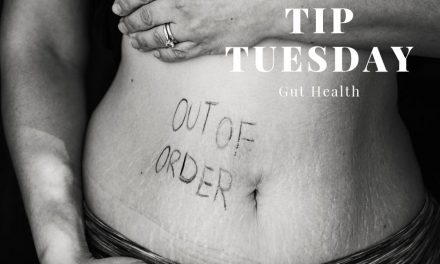Pack it Light, Wear it Right
Aching back & shoulders, weakened muscles, tingling arms & stooped posture. Does your child have these symptoms after wearing a heavy school backpack? Carrying too much weight in a pack or wearing it the wrong way can lead to pain & strain. Parents can take steps to help children load & wear backpacks the right way to avoid health problems.
Loading a Backpack
- Never let a child carry more than 15% of his or her body weight. This means a child who weighs 100 pounds shouldn’t wear a loaded school backpack heavier than 15 pounds.
- Load heaviest items closest to the child’s back (the back of the pack).
- Arrange books & materials so they won’t slide around in the backpack.
- Check what your child carries to school & brings home. Make sure the items are necessary for the day’s activities.
- On days the backpack is too loaded, your child can hand carry a book or other item.
- If the backpack is too heavy, consider using a book bag on wheels if your child’s school allows it.
Wearing a Backpack
- Both shoulder straps should always be worn. Wearing a pack slung over one shoulder can cause a child to lean to one side, curving the spine & causing pain or discomfort.
- Select a pack with well-padded shoulder straps. Shoulders & necks have many blood vessels & nerves that can cause pain & tingling in the neck, arms & hands when too much pressure is applied.
- Adjust the shoulder straps so that the pack fits snugly to the child’s back. A pack that hangs loosely from the back can pull the child backward & strain muscles.
- Wear the waist belt if the backpack has one. This helps distribute the pack’s weight more evenly.
- The bottom of the pack should rest in the curve of the lower back. It should never rest more than four inches below the child’s waistline.
- School backpacks come in different sizes for different ages. Choose the right size pack for your child’s back as well as one with enough room for necessary school items.
Lifting a Backpack
- Face the backpack before you lift it.
- Bend at the knees & lift with your legs, not with your back.
- Keep the pack close to the body.
Facts About Backpack Injury
- Heavy backpacks have a destructive impact on the posture & spinal health of children.
- Today’s heavy loads are causing injuries that can last a lifetime.
- 55% of students carry more than the recommended national guidelines of 10-15% of body weight.
- The average student has a Visual Analog Scale (VAS) score for the pain of 5.8. (This study further showed that a good way to prevent this injury was with an AIRPACKS backpack. Specifically, the average student wearing an AIRPACKS backpack had a 50% reduction in pain as compared to the control group & had an average VAS score of 1.8).
- 66% of school nurses reported seeing students with pain or injury attributes to carrying backpacks.
- Up to 60% of children will experience back pain by the time they reach 18 years of age.
- National Public Radio reported that 65% of adolescents’ visits to doctors are for backpack related injuries.
- TheAmericanAcademyof Orthopedics stated that backpack injury is a significant problem for children.
- 58% have seen patients complaining about back or shoulder pain related to backpacks
- 65% have recommended that a patient modify the use of a backpack to improve/correct a back problem.
- Medical professionals advise that individuals carry no more than 10-15% of their body weight on their backs.
|
Users’ Weight |
Backpack Weight |
|
50 lbs |
No more than 7.5 lbs |
|
80 lbs |
No more than 12 lbs |
|
100 lbs |
No more than 15 lbs |
|
130 lbs |
No more than 19.5 lbs
|
Many children, teens & adults are carrying up to 40 lbs & are potentially injuring themselves.












